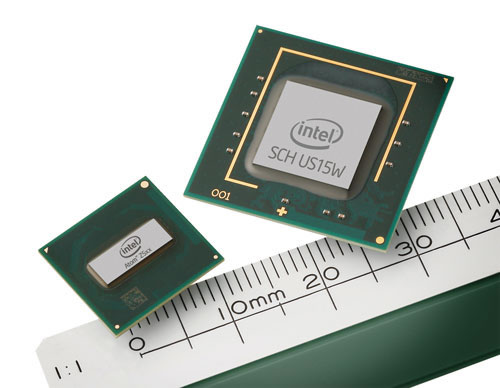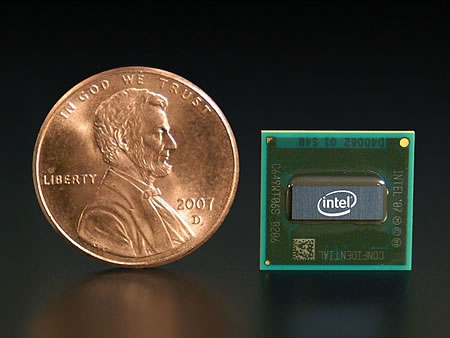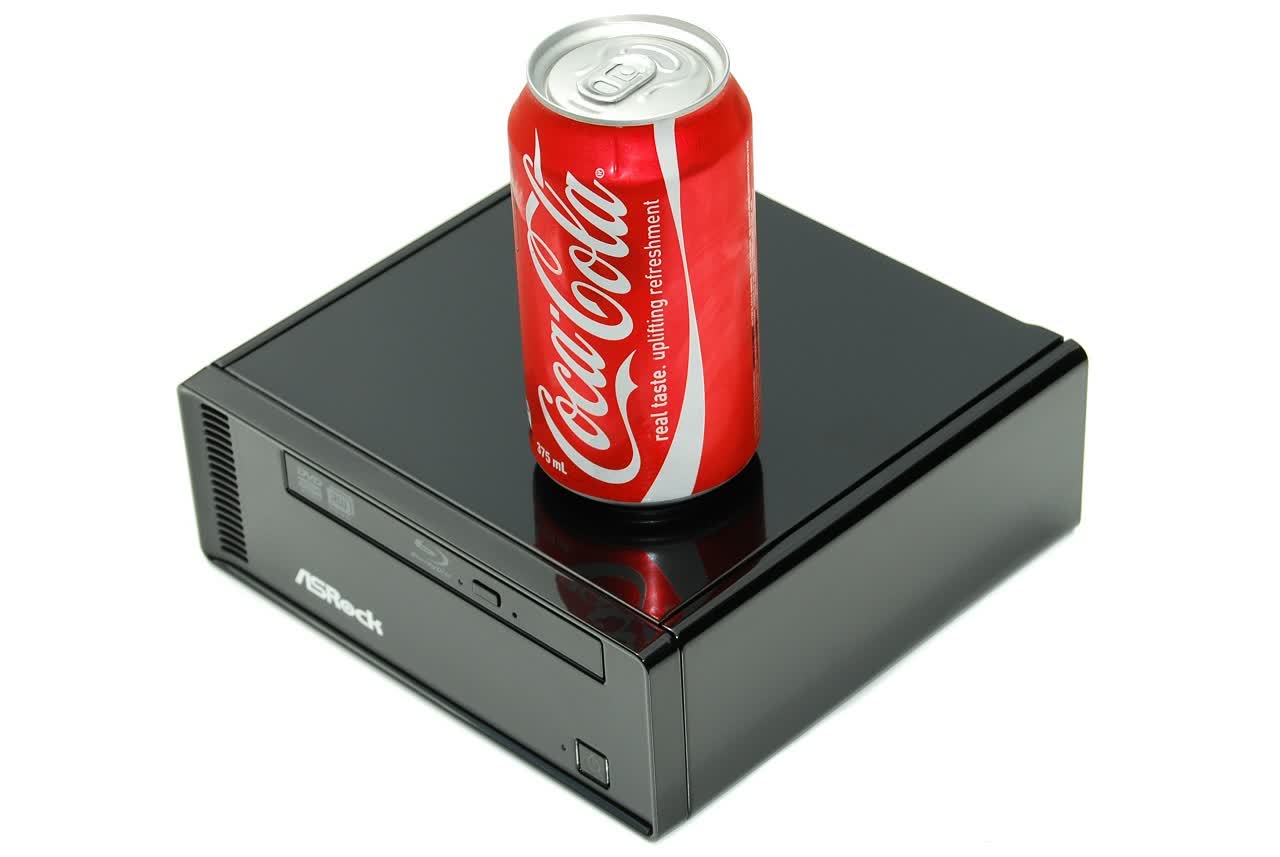The Trouble with Atom
For all the praise and support the Intel Atom processor has received so far, there is just one big problem that all solutions based on it have had to face from day one: the dodgy old chipset that Intel decided to pair it with.
In a move that can only be considered as insane, Intel went with the old power hungry 945G chipset for supporting the Atom. This chipset alone consumes 22 watts and in the process provides users with a poor graphics engine. Sadly, this has rendered the Atom useless for a number of tasks that otherwise they would be ideal for, such as a HTPC. The 945G chipset is the biggest reason why the Atom has been limited to basic word processing, Internet surfing and email use.

Although the original single-core Atom N270 was kind of underwhelming, we found it ample for the basic tasks it was designed for. The dual-core Atom 330 provided extra guts, but the chipset constraint would still drag it down for any other potential uses.
The announcement of the Ion platform meant pairing Nvidia's GeForce 9400M (MCP79) chipset along with DDR3-1066 or DDR2-800 memory, with the Intel Atom processor. Essentially this enables 1080p HD playback, as much of the work can be offloaded to the GPU.

The first small form factor Ion-based computers were launched around April-May 2009 with an introductory asking price of $300. These Ion computers were DirectX 10 and OpenGL 3.2 capable, allowing for full 1080p high-definition video playback and 7.1 surround sound audio output. Despite the potential of the Atom/Ion duo, manufacturers have been quite slow to deliver. However, as Intel's pressure on manufacturers for not using Ion seems to be dissipating, nettops continue to gain momentum with at least half a dozen manufacturers getting products ready.
The Asrock Ion 330 series start at $350 for which you can get a complete working computer capable of running Windows 7 and equipped with a more capable GPU than anything we've been able to see in this category until this day.
